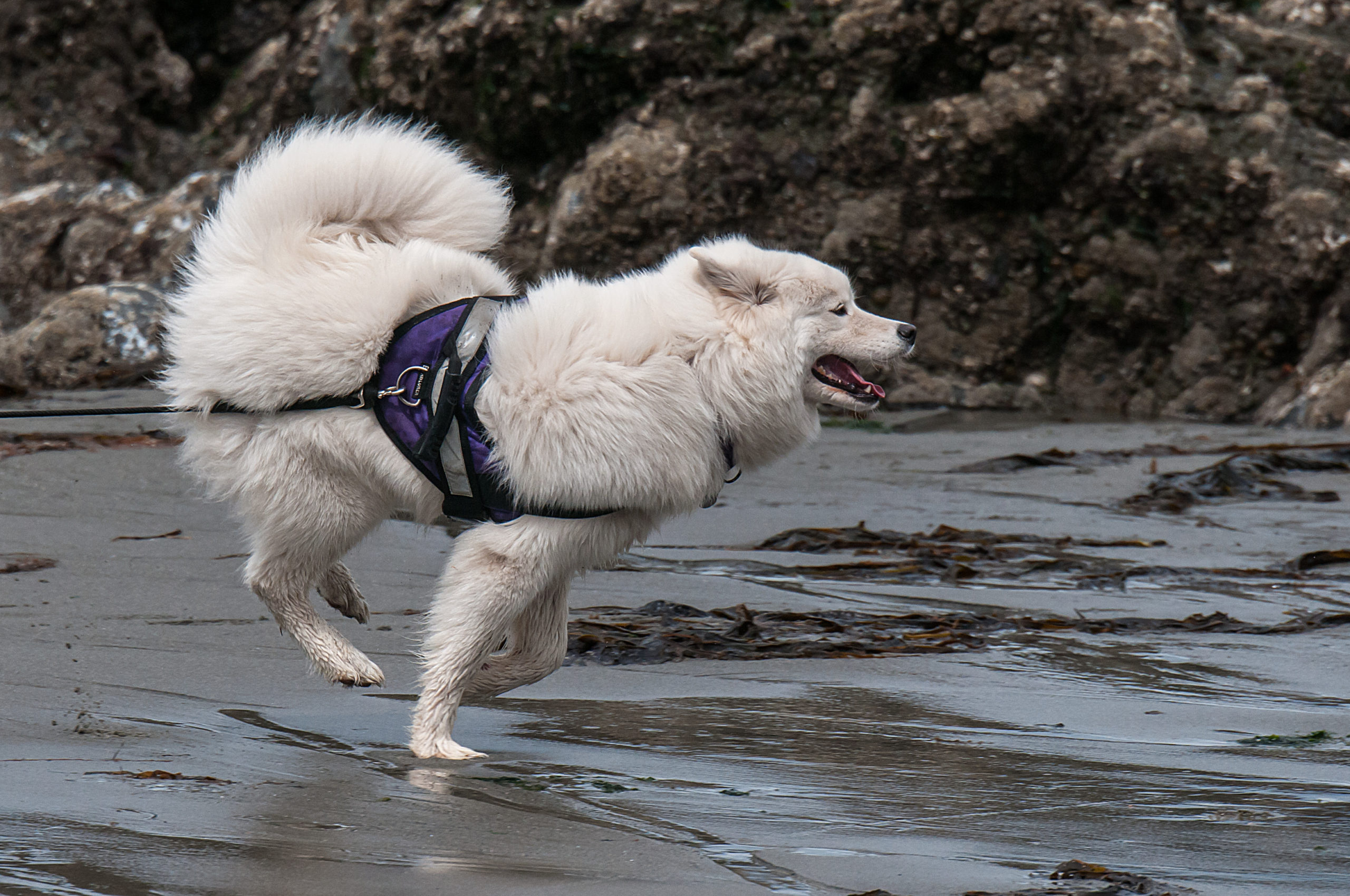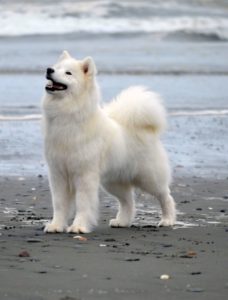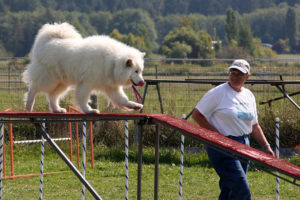Antifreeze Poisoning
Every year, by some estimates, about 10,000 dogs and cats are victims of accidental poisoning by automobile antifreeze. A pet does not have to drink a lot of antifreeze to be poisoned. Most brands of commercial antifreeze consist of 95 percent ethylene glycol, an extremely toxic chemical. Even a few licks of this sweet-tasting liquid can be fatal to a cat or dog. (Ethylene- glycol-based antifreeze is also extremely hazardous to children. A few ounces are lethal.) For a medium sized dog, ingestion of about 2 ounces (3-4 tablespoons ) is toxic. For cats, as little as 1/4 of an ounce (1-2 teaspoons) can be lethal. Antifreeze poisoning commonly occurs in spring and fall when car owners replace the old antifreeze with fresh antifreeze in their car radiators. However, poisoning can happen anytime, particularly when a car boils over or when a hose leaks, releasing the antifreeze. As mentioned above, this poisoning happens often to animals who are allowed to roam freely in their neighborhoods, but another high risk group are those dogs who are confined in garages and who may not always be provided with adequate fresh drinking water. These dogs may gain access to improperly or inadequately stored antifreeze or lick spilled or leaked antifreeze off the garage floor. If it is necessary to confine your pet(s) to your garage, make sure antifreeze containers are well secured and your animal has plenty of fresh water.
Another source of antifreeze are the decorative “snow globes” glassware. The liquid in the these displays contain 2% antifreeze and are very toxic..I recently received of call of a young cat poisoned when ingesting some of the liquid from shattered “snow globe”.
Both cats and dog are attracted to the smell and taste of ethylene glycol. Therefore, when you or a member of your household changes antifreeze in the driveway, be sure to collect all of the waste coolant and properly dispose of it. And never leave a bucket of ethylene-glycol coolant unattended – even for a moment. Also remember that your car can leak coolant at any time. If you see a puddle of greenish-colored liquid in your driveway, flush the area with plenty of water and don’t delay locating and fixing the leak. Another method of quick clean-up is to spread cat litter on the spill, clean up with rags (which are bagged immediately) and then rinse. Antifreeze will biodegrade in the environment, but it takes weeks or months to do so, so removing the spill is absolutely essential.
Antifreeze poisoning occurs in two stages: In the first stage, the ethylene glycol in the antifreeze causes a drunken appearance in the animal within about 30 minutes which may continue for several hours. After passing through stage 1, the animal appears to recover. Stage 2 begins when the dog’s liver begins metabolizing the ethylene glycol, changing it into more toxic substances. Within 12 to 36 hours of ingestion, these metabolites have reached such a level that the dog’s kidneys stop functioning, and the animal slips into a coma.
Getting the dog to a veterinarian is critical within the first 9-12 hours following ingestion. After that length of time, the liver will have already begun metabolizing the ethylene glycol into substances that cause kidney failure and ultimately death.I have been asked the question by several people-What should be done immediately care for my pet.Should I induce vomiting or give activated charcoal to my pet?These are very short term fixes and not a cure.The faster your pet is treated by a veterinarian the better the chances of recovery.Again, this poison is extremely toxic.
Another source of help is the National Poison Control Center, 800-548-2423. This call will cost $30.
Symptoms of antifreeze poisoning include a drunken appearance including staggering, lack of coordination, and apparent disorientation and vomiting. The animal may appear listless and depressed. Because early signs of antifreeze poisoning often mimic signs of other illness, neither you or your veterinarian may suspect antifreeze poisoning until it is too late. Fortunately, in house lab tests performed by your veterinarian by assist in the diagnosis of antifreeze toxicity.
In our practice we had a tragic incident involving two pets. One dog ingested antifreeze and then vomited the product. The other dog then licked up the vomit and also developed the toxicity. By the time the owner recognized the seriousness of the situation, it was too late and both pets died. We also had a situation involving a household of three cats. The same situation occurred. But, fortunately, the owner recognized the problem and we were able to save two of the three pets. As, you can see, this is truly a horrible and tragic poison.
Newer Products
One step owners can take to prevent a potential tragedy from befalling their pets is to use a less-toxic propylene-glycol-based antifreeze in the car. Propylene glycol, on the other hand – although not entirely nontoxic – is considerably less toxic than ethylene glycol. These products do provide an added margin of safety in the event of accidental ingestion. However, it still can cause death if a large amount is ingested. In addition, the metals in your cooling system that corrode or dissolve into your antifreeze can also be harmful. For this reason, motorists should always exercise caution when using any type of antifreeze product.
If your standard practice is to take your car to a mechanic for its winter preparations, be sure to ask specifically for a propylene-glycol-based antifreeze. (But be prepared to pay a little more.)
There are several nationally available propylene- glycol antifreezes on the market, including:
Sierra (Safe Brands Corp., 1-800-289-7234)
Sta-Clean (Sta-Clean Products, 1-800-825-3464
Prestone LowTox® Antifreeze/Coolant-available at most automotive stores and departments
A number of regional companies also offer propylene-glycol antifreeze in regional markets or in bulk quantities.







